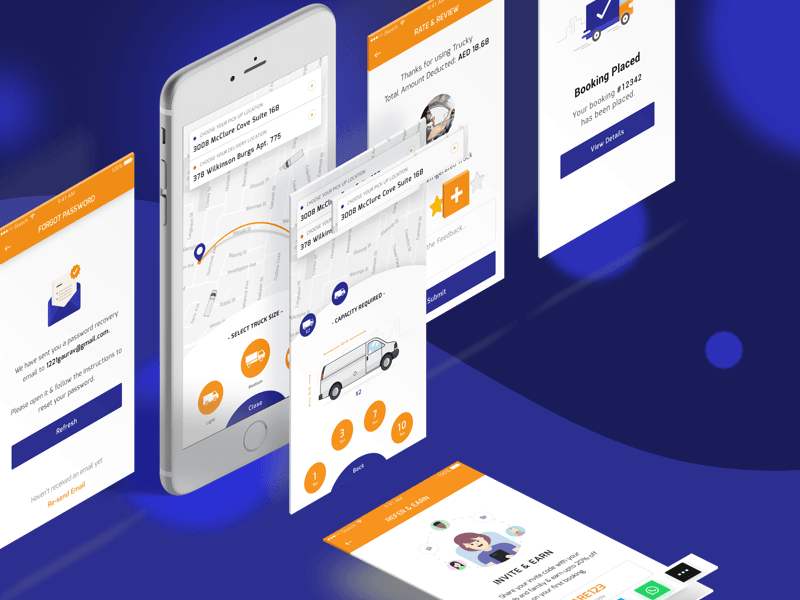In my line of work, we get a lot of customer inquiries about our drop-shipping capabilities. This has led us to believe that there is some confusion among e-commerce business owners about the difference between e-commerce fulfillment and drop-shipping.
Here are the basics on both types of fulfillment:
What is E-commerce Fulfillment?
Fulfillment is the process of accepting orders in your e-commerce shopping cart and shipping the correct products to your customers on time.
E-commerce fulfillment has four distinct parts:
- A customer visits your online shop, adds items to the shopping cart, and clicks the buy button.
- That online order is transmitted to a fulfillment center.
- The fulfillment center picks, packs, and ships the order.
- FedEx, UPS, or another third-party shipper delivers the order to the customer.
If you’re a small seller or just starting out, that fulfillment center might be your garage, and you might be the person who picks and packs the orders. Or, you might use Amazon’s fulfillment services and have your products shipped from an Amazon warehouse.
If your company is a bit bigger, you might use a fulfillment warehouse, like Red Stag, to store your merchandise and ship your orders.
For example, if you sell coffee, you might invest $10,000 in stock of a new coffee blend for your online coffee company. Your supplier ships the coffee to your fulfillment warehouse. The fulfillment center ships orders from this inventory. When stock gets low, you reorder from your coffee supplier.
This is the standard e-commerce fulfillment model.
What is Drop-Shipping?
When you use a drop-shipping business model, you don’t purchase the inventory until your customer places the order.
Using the coffee company as an example, you might want to add a couple of new coffee blends to your online offerings. You don’t want to tie up all your cash in inventory, especially because you’re not sure how well the new blends will sell.
Your coffee supplier agrees to create the blends and keep a small amount on hand at its facility. When a customer places an order for one of the new blends on your e-commerce site, your supplier ships bags of coffee directly to your customer.
This is the basic drop-shipping fulfillment model: no fulfillment center, just you, your customers, and your supplier.
Pros and Cons of E-commerce Fulfillment vs. Drop-Shipping
If you think drop-shipping sounds great and wonder why you would want to fulfill orders any other way, there are a few pros and cons to consider.
Drop-shipping has the advantage of requiring a smaller cash investment up front. It can be a great option for cash-strapped startups, as you are getting your e-commerce site off the ground and learning what works and what doesn’t.
More established e-commerce businesses might use drop-shipping to test new products without a huge cash investment. That way, you won’t end up storing five pallets of coffee that no one is buying.
There are downsides to drop-shipping, however. You save on upfront investment, but your profit margin on each product is much smaller. In addition, you have less control over the speed, cost, and quality of fulfillment. For example, your fulfillment center might be strategically located where it can ship to most of your customers within two days. Your supplier might be in a remote location with much longer shipping times.
With the e-commerce fulfillment model, you do need to invest more cash up front. Your reward, however, is higher profit margins. Once you understand the demand for your products, you can adjust your inventory to maximize profits, while minimizing the amount of money tied up in your stock.
In addition, traditional e-commerce fulfillment gives you more control over the fulfillment process. You can customize your packaging and choose from a broader range of fulfillment services to offer to your customers.
For more on the difference between e-commerce fulfillment and drop-shipping (with a fun Game of Thrones twist), check out our video.





